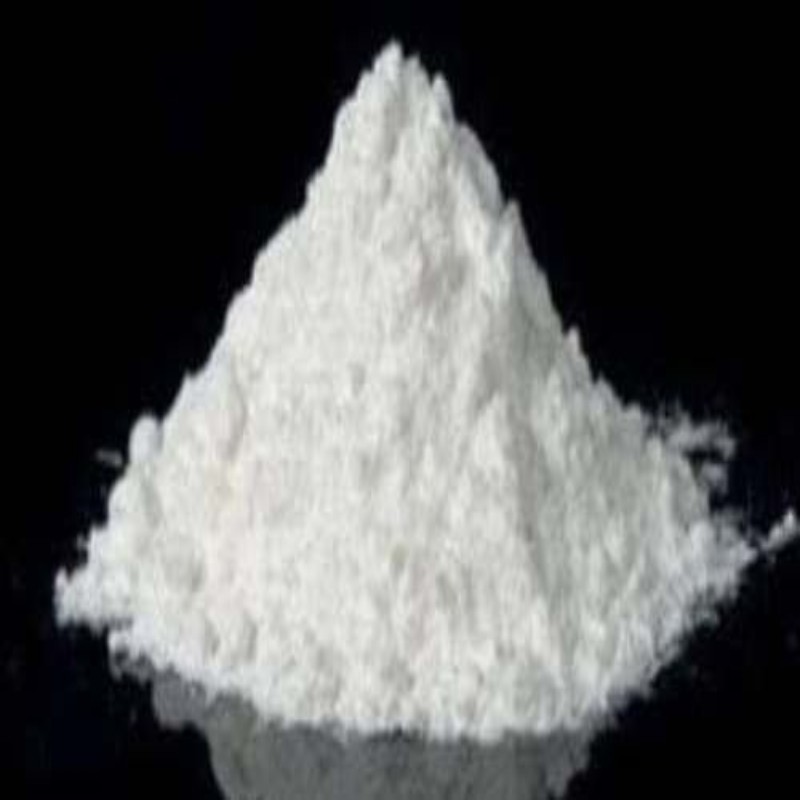Sodium lauryl sulfate (SLS) is one of the ingredients you’ll find listed on your shampoo bottle. However, unless you’re a chemist, you likely don’t know what it is. The chemical is found in many cleaning and beauty products, but it’s frequently misunderstood.
Urban myths have linked it to cancer, skin irritation, and more. Science may tell a different story.
How it works
SLS is what’s known as a “surfactant.” This means it lowers the surface tension between ingredients, which is why it’s used as a cleansing and foaming agent.
Most concerns about SLS stem from the fact that it can be found in beauty and self-care products as well as in household cleaners.
Sodium laureth sulfate (SLES) is a surfactant with a similar chemical formula. However, SLES is milder and less irritating than SLS.
Where you’ll find SLS
If you look under your bathroom sink, or on the shelf in your shower, it’s very likely you’ll find SLS in your home. It’s used in a variety of products, including:
Grooming products, such as shaving cream, lip balm, hand sanitizer, nail treatments, makeup remover, foundation, facial cleansers, exfoliants, and liquid hand soap
Hair products, such as shampoo, conditioner, hair dye, dandruff treatment, and styling gel
Dental care products, such as toothpaste, teeth whitening products, and mouthwash
Bath products, such as bath oils or salts, body wash, and bubble bath
Creams and lotions, such as hand cream, masks, anti-itch creams, hair-removal products, and sunscreen
You’ll notice that all of these products are topical, or applied directly to the skin or body.
SLS is also used as a food additive, usually as an emulsifier or a thickener. It can be found in dried egg products, some marshmallow products, and certain dry beverage bases.

Login To Comment